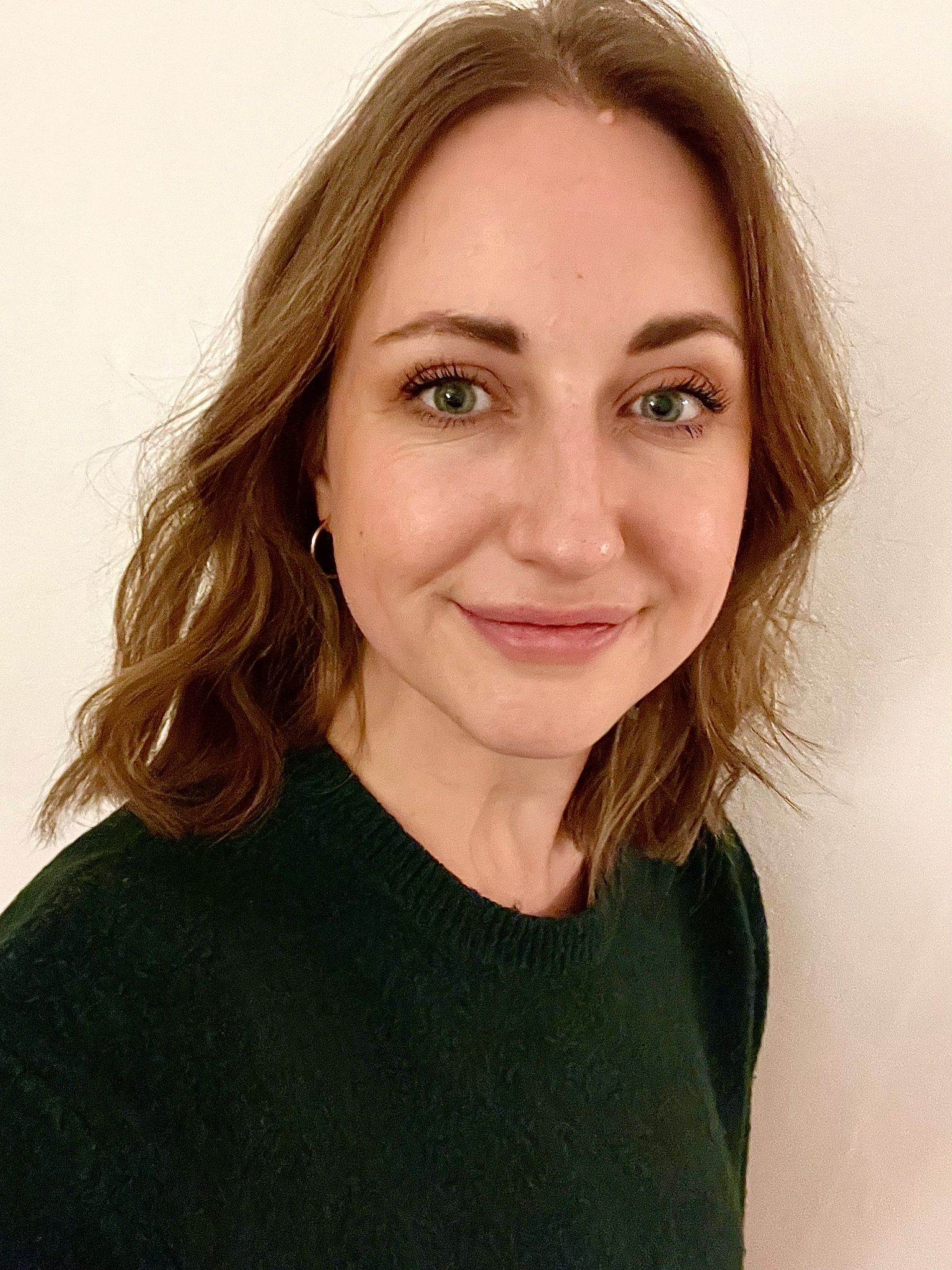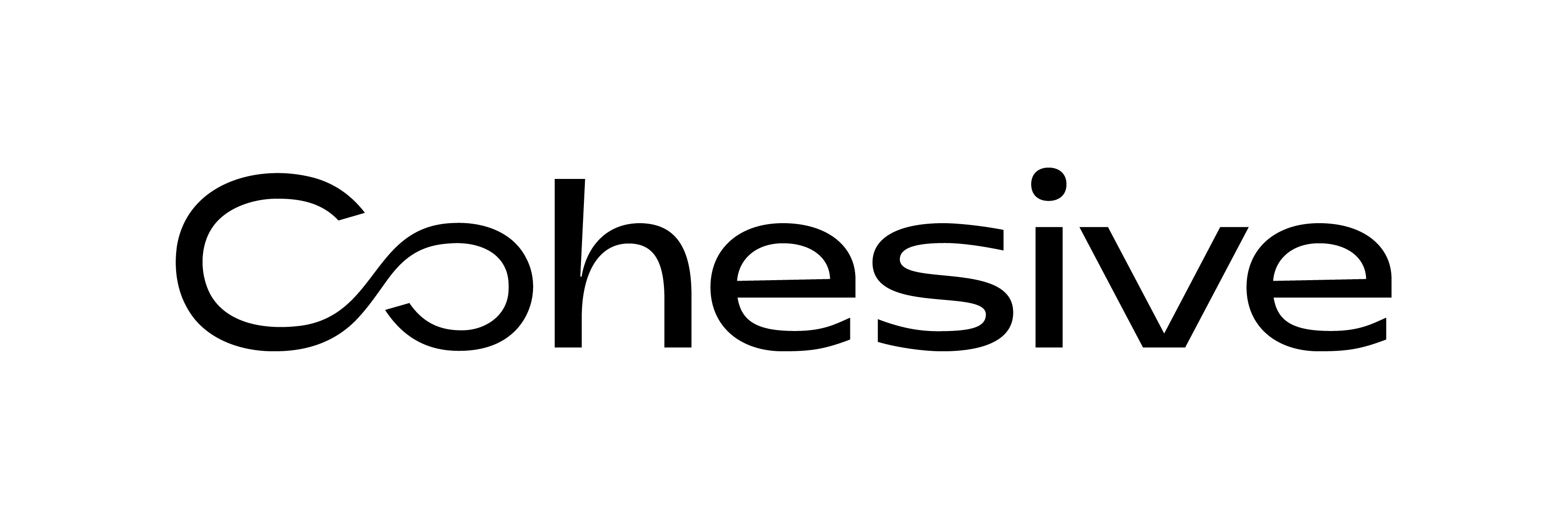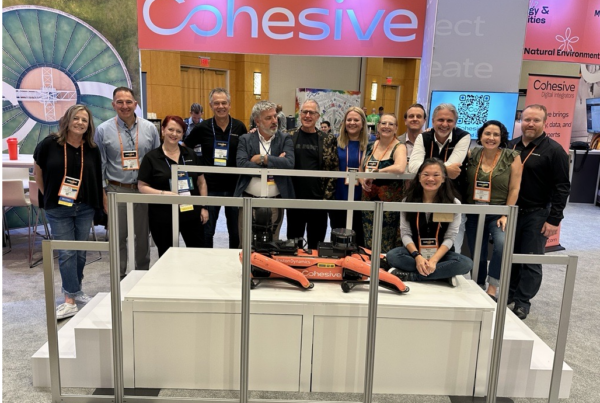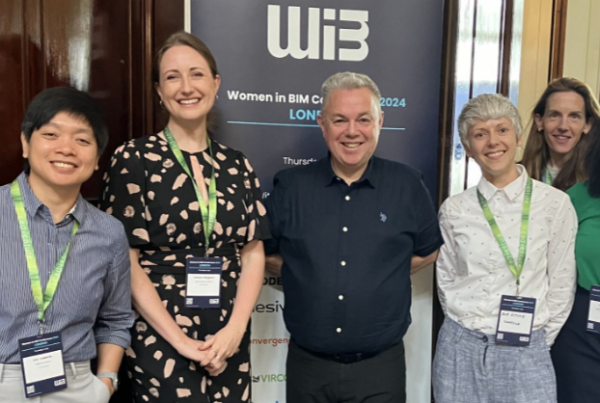
To mark UNESCO’s International Day of Women and Girls in Science, on February 11, we are running a series of Q&A’s with women across our business.
Today we are in London, UK, with Dr Victoria Fillingham, a digital consultant and carbon specialist. She talks to us about building information, Planet B…and ballet.
Q.When did you realise STEM was for you?
A.I have always found the natural environment intriguing – from my earliest science classes in school when we monitored how plants and animals grew.
When I was 8 / 9 years old I came upon the architectural models of my friend’s dad. I was wide-eyed when I learnt he was experimenting to see how many windows the design needed to ensure enough natural daylight in the space. My early interest and excitement turned into a life-long passion.
Q.Tell us about your role at Cohesive?
A.I help clients – owner operators, complex infrastructure programmes, design houses, public sector organisations – with their data challenges. Typically, that starts with questions. They ask me: “How can we do x?” “How do we manage y?” and I quiz them to figure out what their end goal is and what we can do to help them achieve that.
My focus is whole life carbon information management and what we call ES(D)G – helping our clients achieve their net zero goals and demonstrate responsible resource consumption and mitigation of their impacts.
Q.That’s a big call – 70 per cent of carbon emissions worldwide can be linked to infrastructure?
A.Yes – and CEOs and leaders across the industry are rightly facing growing pressure to address this. But if asset owners are to get to grips with this massive challenge, we need to address another challenge – the challenges around data.
Whether you are setting baselines around carbon or trying to demonstrate that you are en route to achieving your goals, you need good quality data to work with.
Yet many asset owners and operators don’t know, for example, how their built assets perform with regards to carbon, or the details of their circularity metrics. They can’t answer key carbon related question or tell their full carbon story.
Q.So data and digital solutions will help mitigate infrastructure’s impact?
A.Exactly that. You need high-quality, trusted, data to provide a clear picture of your current carbon status. If data is locked away in silos and within papers and files you won’t have a clear understanding of the impact your operations and assets are having and how you improve that.
How will you track your performance against your net-zero commitments or provide hard evidence that show you are actively working to change (not just full of good intent) and motivate and energise your employees?
The full supply chain needs to be on-board with this data-driven approach.
Q.And it’s not just about design and construction? It’s about how we maintain our infrastructure?
A.Yes, very much so. After my degree in Architecture and Environmental Engineering I went on to complete a Doctorate in whole life asset information management. It centred around the question of why Building Information Modelling was focused so much on the design and construction phase of the project lifecycle – even though 85 per cent of all lifecycle costs are accumulated during the operational phase of an asset.
Q.Key career achievements so far?
A.It was fantastic to be part of the Shared Digital Carbon Architecture (SDCA) project led by the Department for Transport. Its ‘arms length’ bodies including National Highways, Network Rail and the Environment Agency, all came together, with us, to find ways of improving the way carbon data is captured, managed and exploited.
We examined problems around individual government departments developing strategies to decarbonise their infrastructure systems in isolation. We looked too at how policymakers could acquire greater visibility of carbon impacts to understand where interventions could make the most difference.
Our outputs and learnings are now being actively used by National Highways as a route to meeting its Net zero highways – National Highways plan.

”Without high-quality data, how will you track your performance against your net-zero commitments or provide hard evidence that show you are actively working to change - not just full of good intent?








